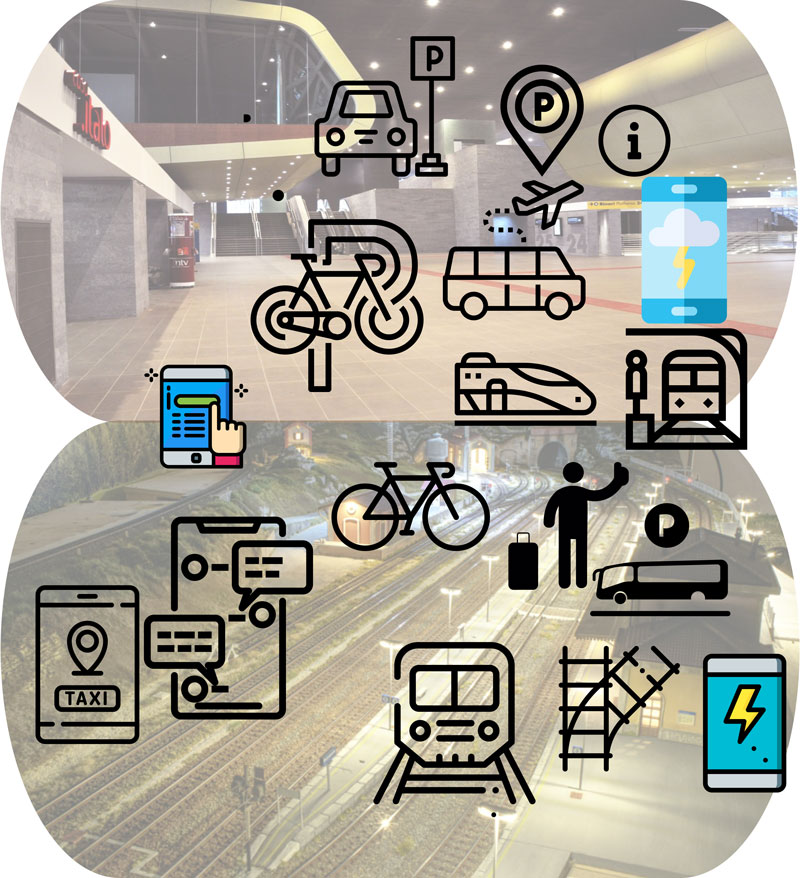by Felicita Di Giandomenico, Stefania Gnesi, and Giorgio O. Spagnolo (ISTI-CNR) and Alessandro Fantechi (ISTI-CNR and University of Florence)
The project STINGRAY (SmarT station INtelliGent RAilwaY) addresses the role of the railway station, traditionally seen as a meeting point for a city, in order to enhance its importance and integration into the smart city of the future.
Although railway stations are central hub of the city, a primary point of aggregation in the urban environment, they traditionally have a private energy distribution and communication system. The main reasons for this are to ensure uninterrupted power supply and security, but this isolation has two main drawbacks. First, it prohibits integration with “smart cities”, in which, ideally, information between different transport systems (i.e. bike sharing, car-sharing, urban transport) is synergically exploited. Second, the station system fails to benefit from modern energy saving techniques.

STINGRAY is developing an intelligent train station infrastructure.
In the project STINGRAY, researchers from the Formal Methods and Tools and the Software Engineering and Dependable Computing groups of ISTI-CNR are designing and developing a station communication infrastructure, integrating powerline and wireless technologies, which:
- realises a LAN network over the station plants using power line and wireless technologies;
- allows the control and monitoring of station equipment (supervisory control and data acquisition (SCADA));
- creates value-added services for both customers and railway staff, such as connectivity, monitoring, energy management service (EMS), fault prediction service (FPS), video surveillance, environmental surveying and integration and access to smart city infomobility services.
STINGRAY will utilise powerlines to enable more efficient management of machinery and energetic resources; an innovation that will be far more cost effective and less environmentally damaging than building new infrastructure.
We are currently defining the requirements for the “smart station” and the design of the system architecture. We are also optimising existing strategies for managing energy consumption within the station to avoid wasting energy; for example, we are considering station lighting and the heating of the railroad switches in ice conditions.
STINGRAY is being conducted in the context of the POR FESR 2014-2020 Tuscany Region project will run until July 2020. The project is coordinated by Letizia Bellini from ECM spa (Italy).
Please contact:
Giorgio O. Spagnolo, ISTI-CNR, Italy











